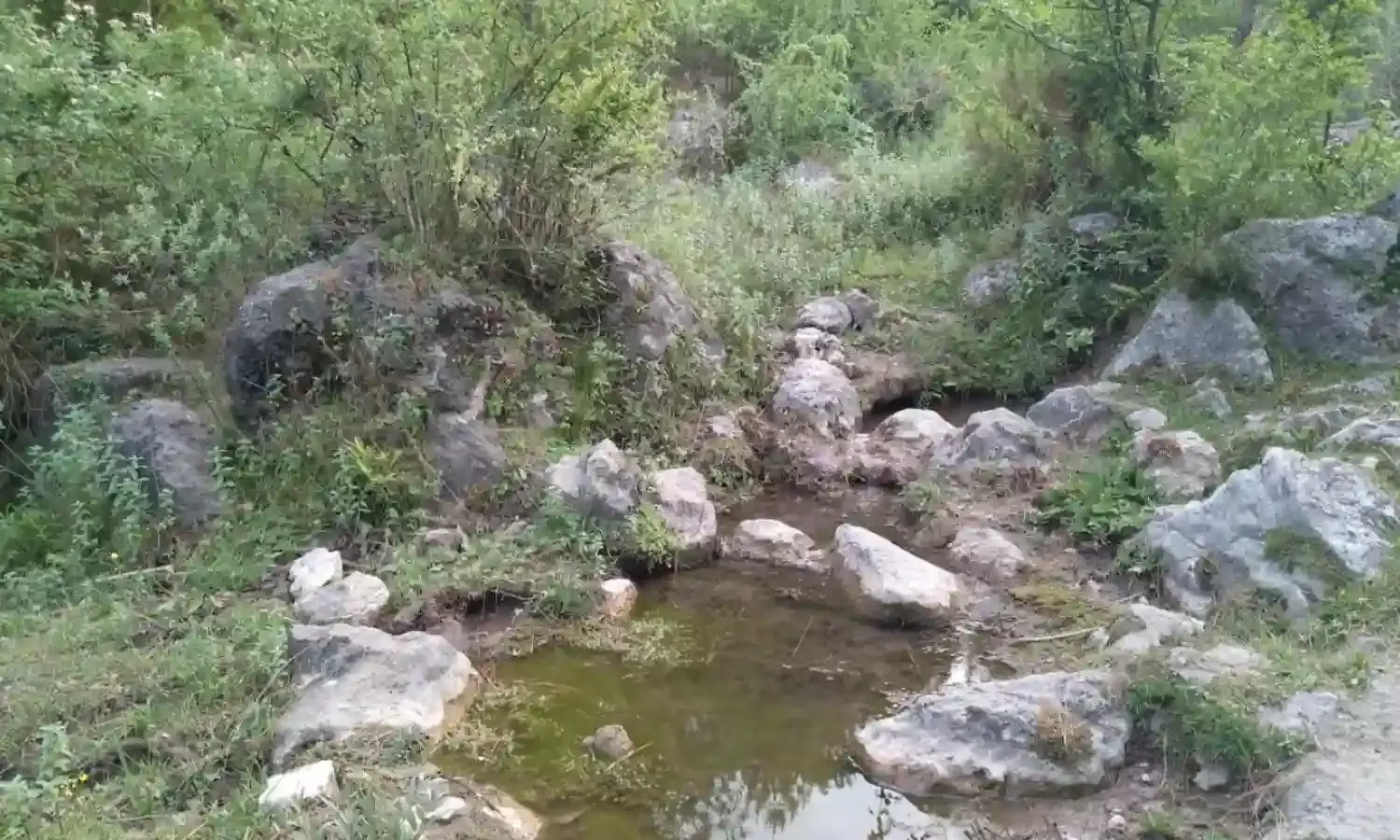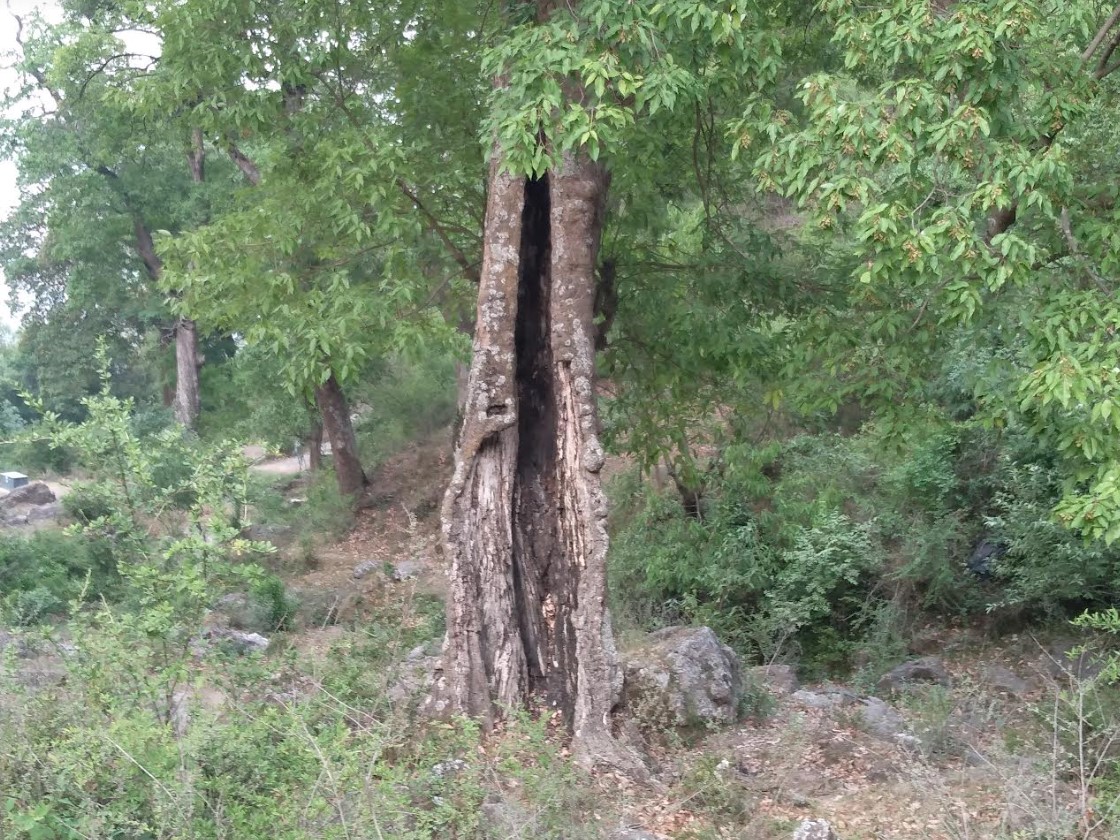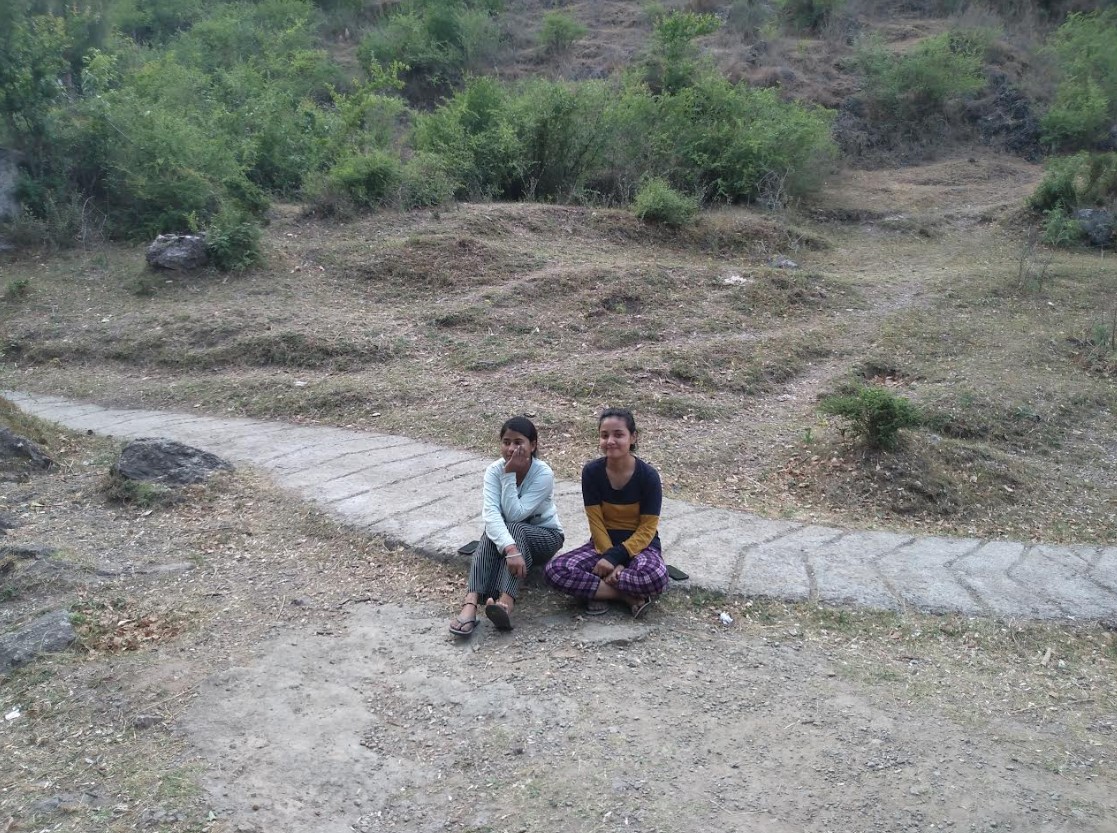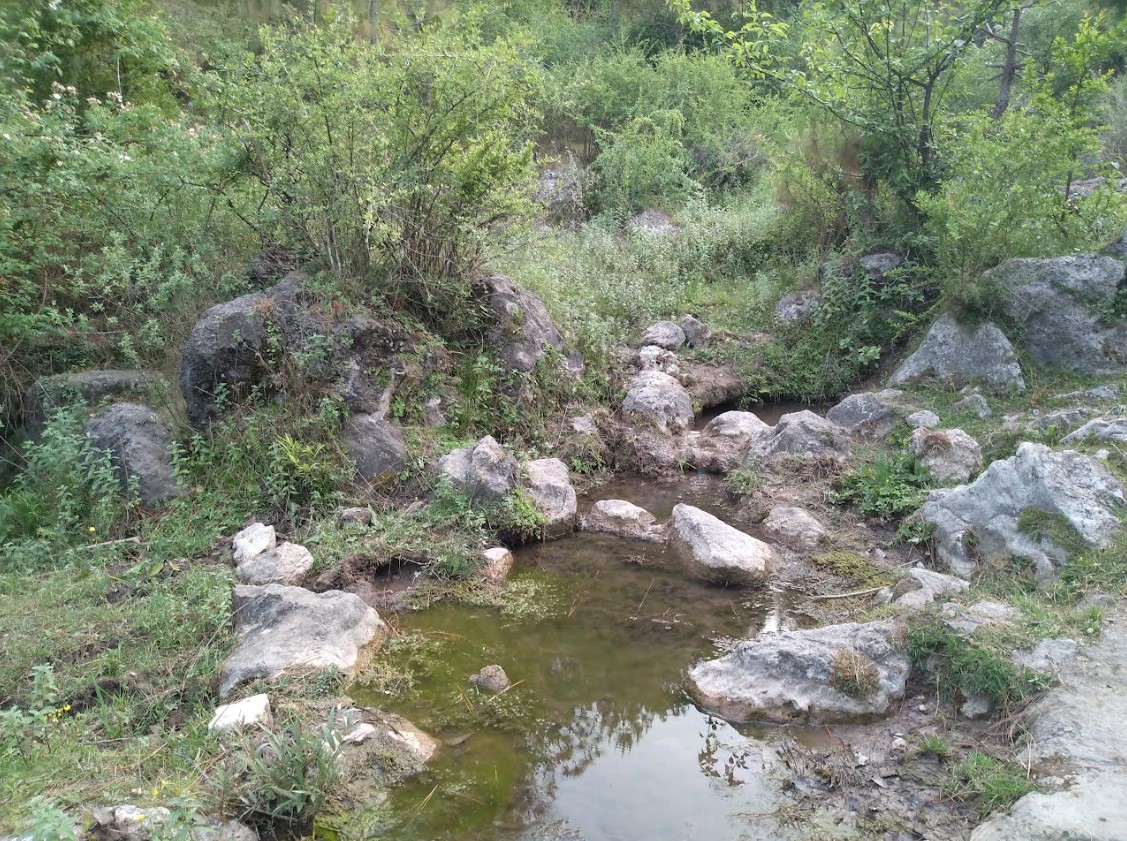Have You Been to Happy Valley Yet?
The destination promises a pocket of happiness in trying times

Have you ever been to a place that lifts your mood, and makes you happy? A place pretty close to a national highway that sees thousands of vehicles zoom past on a daily basis, and is yet far from the madding crowd? Such spots do exist despite the onslaught of hideous construction and unbridled commercialisation in the name of tourism development.
One such place that justifies its nomenclature is Happy Valley located close to the Kalka-Shimla highway, near Deonghat village on the outskirts of Solan town that continues to witness the murder of the hills.

No one can vouch how the place got its name but almost three decades back, an old school teacher ID Sharma who was then in his 90s had shared an interesting anecdote to this writer. He said, “it was a Britisher who had ventured to the area in a depressive mood. He felt some joy amidst the locales here and returned to tell his friends that he had been to a Happy Valley. The name stuck.” While no one can vouch for this. The place does lift your spirits. The brooks and the rich vegetation amid the echoing calls of the birds makes one sensitive enough to understand what a marvel nature is.
But it is the past and some of the unique characteristics of the place that make it one of the most interesting destinations to visit. Very few people know that the place had witnessed a police operation in the early 70s. The residents of the villages do not want to talk about it because the area got a bad name after the operation.
Old timers confided in this writer, over the years, that there was a group (often referred to as a gang) of small-time thieves operating from the area. They were led by a person who was lame, and an astounding harmonium player. Their modus operandi was simple. Since the single road going from Saproon to Barog via Deonghat had a steep ascent, the buses used to change into heavy gear and move slowly. The moment these buses changed into the heavy gear at the beginning of the ascent, their speed was reduced to 10 to 15 kilometres per hour. This opportunity was used by the thieves, a couple of them latched on the iron ladder at the back of the buses, climbed to the rooftop and threw down the luggage, mainly wooden fruit boxes, for their colleagues to collect. They would then get down before Barog while the bus moved at a snail’s pace.

This went on for some time, till a development invited police action. Among the luggage thrown down on one occasion was a suitcase belonging to a senior Congress politician. This politician would not have bothered to look for it on the way till he reached his destination in Delhi, if it had not struck him near Dharampur that his licensed pistol was in that suitcase. He requested for the bus to halt at Dharampur where the suitcase was found missing. “This led to the police action. We were young boys at that time but we remember that shots were fired. The leader of the group was killed. There were claims and counter claims whether he shot himself or was killed in the encounter. Nobody went for his cremation. People do not talk about the episode as it invited the social stigma to the villages. Those were times when a policeman coming to a village was frowned upon, and here there had been a police operation,” said an old villager who prefers to remain anonymous.
But the place retained its charm as a favoured summer picnic spot through the 70s and early 80s. Those were the days when going on picnics was in vogue, and people had enough civic sense not to litter the place. Apart from the charming locales, the shrill noise of a trolley carrying limestone from a quarry on the hilltop to its destination on Solan-Subathu road was something that excited the children. All this is a thing of the past now. A cremation ground coming up in the vicinity resulted in the picnic goers trickling down. The quarry shut down several years ago.
Very few know that this valley is a geographer’s delight. It allows a student of geography to take stock of geographical features, stalagmites and stalactites found in limestone topography. Geography experts like late Dr LK Manuja, who retired as principal of local government college, used to equate the area with that of Karst topography found along the Adriatic coast of erstwhile Yugoslavia and used to bring his students for excursions here.

The core of this valley still retains its pristine charm despite construction reaching close. One can still see young girls and boys of nearby villages preferring to visit the place for an outing, instead of remaining glued to mobiles and laptops, a rare phenomenon these days.
The villagers do not encourage new visitors to the place fearing the ‘ugly tourist’ who will litter and use the site for drinking and substance abuse. Since the limestone topography ensures a high water table, the locals continue to worship local deities for providing them ample water that is high in mineral content. They lay emphasis on maintaining cleanliness in the area.
The adjoining Deonghat village has witnessed changes in its demography as well as landscape. The original inhabitants are not very comfortable about it. “The opening of a call centre close by along with other commercial establishments have led to a lot of youngsters renting accommodation here. With a lot of construction going on, there is also an influx of labour. Gone are the days when we could identify every single resident of the area,” an old villager said.
Last weekend saw the valley encircled by a forest fire. This has plagued the hills of Himachal Pradesh and Uttarakhand on a much larger scale this year. Nature came as a saviour once again and there were rain showers on Monday.
But the question that haunts those who love the place is that how long will Happy Valley continue to be a source of happiness with the commercial interests bent on destroying the character of everything that is pristine?




